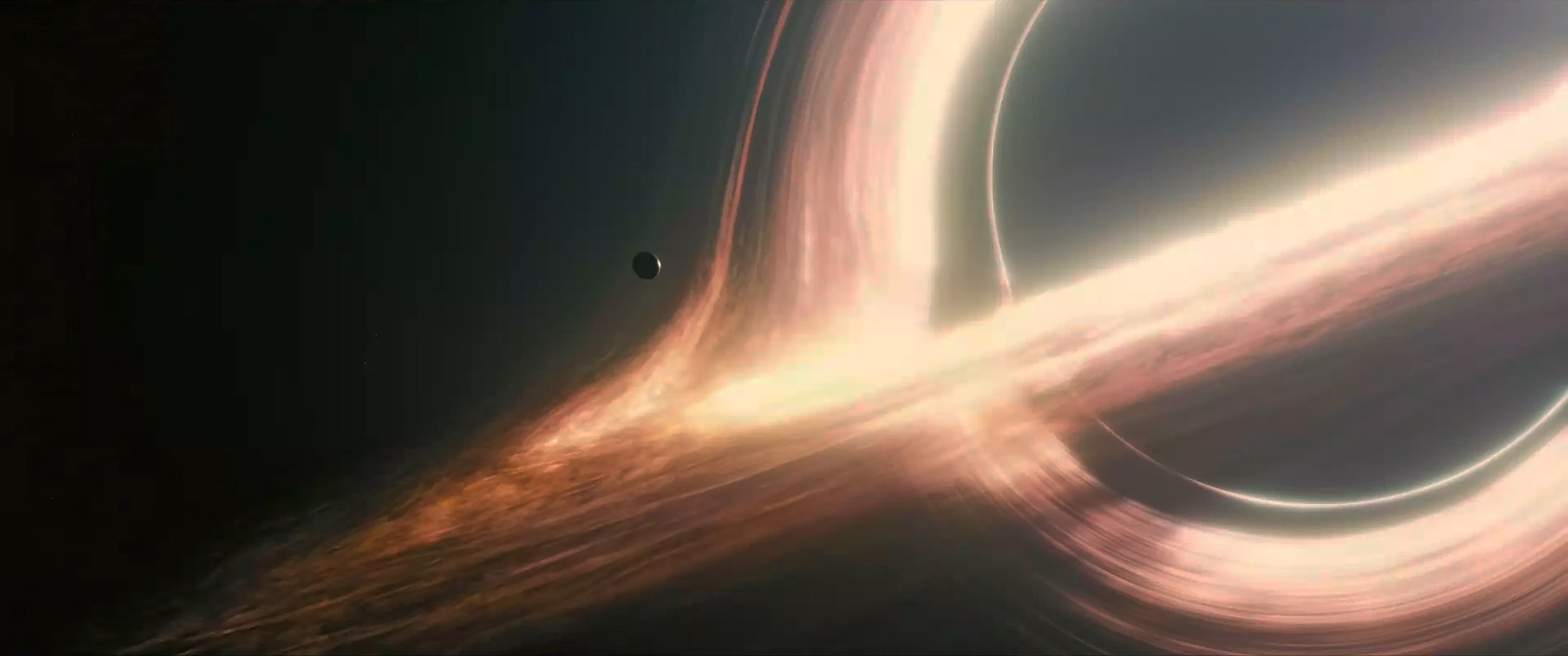"I'm not afraid of death. I'm an old physicist—I'm afraid of time.” -Professor John Brand. This quote may very well be one of the most spine-chilling lines in Christopher Nolan's movie, Interstellar. Every aspect of the film was thoroughly thought through, from the science to the visuals, but it does help that the executive producer and science advisor was Kip Thorne, a Nobel laureate and world-renowned physicist who confirmed the existence of gravitational waves. This brilliant mind made sure that every single scientific detail was as realistic as possible, contributing to the movie's unprecedented success.
The film is about how Earth has reached its end, and no crops are able to be grown in its soil. Knowing this, a secret team of scientists who are the remnants of NASA attempts to send humans through a wormhole that leads to a solar system with potentially habitable planets. This wormhole has been placed at the edge of the solar system by some unknown species. Cooper, the main protagonist in the film, is led to their headquarters by a mysterious anomaly. Once there, he is tasked with leading a team of scientists through the wormhole because he is the most capable pilot they have.
The most well-known scene in the film is when Endurance, the spaceship in the movie, flies by Gargantua, a supermassive black hole at the center of a solar system. The black hole is incredibly accurate, from its event horizon to its surrounding accretion disks. It is so accurate, in fact, that on an average computer, it would take close to 100 hours to render each frame in a physics/VFX engine. Every second that passed in the movie where Gargantua was present would take 100 days to render. Of course, they probably had supercomputers doing the job, but it goes to show how much effort they put into making sure everything was scientifically sound.

Interstellar blends science fiction with deep human emotion—something rare in the genre. Some sci-fi movies dive deep into the pure science of things, making the story feel bland. On the other hand, some flat-out ignore science, which decreases the appreciation I have for them because they took the easy way out. Interstellar is unique, though; it manages to get every scientific fact right while still having one of the greatest storylines of all time.
The movie also jumps between time, not just physically, but as the story progresses, it goes back to moments in the past, which add to our understanding of the present. The information we gain gradually explains the nature of the anomaly and eventually reveals the beings responsible for placing the wormhole near Saturn. Emotion is deeply tied into the fabric of the timeline. Cooper's distance from his family and fear that his children will be the last generation of the human race push him beyond his limits. It becomes the driving factor behind the mission to save mankind.
But I haven't talked about the most iconic part of the film at all: Hans Zimmer's Cornfield Chase. In this song, every single note played levitates me into feeling like I'm floating in space. Even if you haven't seen the movie, I promise you, you've heard this song. It's a masterpiece. It captures the emotion, curiosity, and drive of the characters to head to where no man has been before.
While everything I've said supports the fact that this movie is incredible, the main reason I believe it's the greatest of all time is that it played a substantial role in my love for astrophysics. The first time I watched this movie, I was on a plane home from Hungary. I was lifted from the distressing chair I had been sitting in for five hours and was transported to a place where I could see the beauty of science. From Zimmer's music to Nolan's storytelling, I was spellbound for three hours. After the plane landed and my family and I left the airport, it was late, and the moon was out. I looked up, gazing at the celestial object in the sky, and could hear the song Cornfield Chase playing in my head. Even if you despise science fiction, I guarantee this movie will make you appreciate the mysteries of the cosmos.